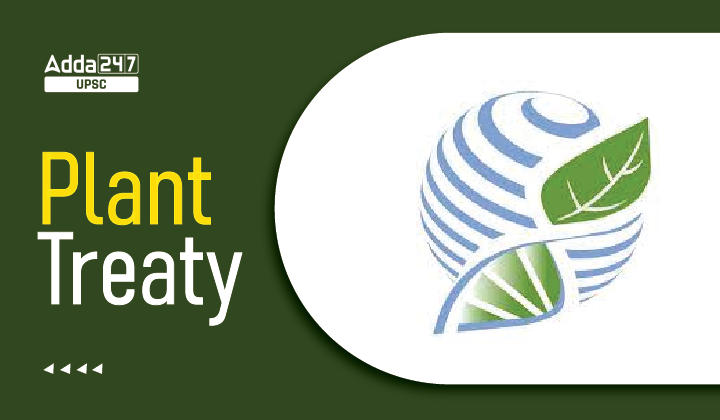Table of Contents
Plant Treaty- Relevance for UPSC Exam
General Studies III- Environment
Plant Treaty: In News
The ninth session of the governing body of the International Treaty on Plant Genetic Resources for Food and Agriculture (ITPGRFA) has recently begun in New Delhi.
Plant Treaty: Theme
The theme of the meeting is ‘Celebrating the Guardians of Crop Diversity: Towards an Inclusive Post-2020 Global Biodiversity Framework’.
What is the Plant Treaty?
- The International Treaty on Plant Genetic Resources for Food and Agriculture (ITPGRFA) was adopted by the Food and Agriculture Organization of the United Nations November 3, 2001.
- It was signed in 2001 in Madrid, and entered into force on 29 June 2004.
- It is the first legally-binding international instrument to formally acknowledge the enormous contribution of indigenous people and small-holder farmers as traditional custodians of the world’s food crops.
- It also calls on nations to protect and promote their rights to save and use the seeds they have taken care of for millennia.
- The parties to this treaty have come together after nearly three years to discuss governance of agricultural biodiversity and global food security.
Plant Treaty: Objectives
The treaty aims at:
- Guaranteeing food security through the conservation
- Exchange and sustainable use of the world’s plant genetic resources for food and agriculture (PGRFA)
- Fair and equitable benefit sharing arising from its use, as well as
- Recognition of farmers’ rights.
Plant Treaty: Key feature: Annex 1 Crops
- The treaty has implemented a Multilateral System (MLS) of access and benefit sharing, among those countries that ratify the treaty, for a list of 64 of some of the most important food and forage crops essential for food security and interdependence.
- The genera and species are listed in Annex 1 to the treaty. The treaty facilitates the continued open exchange of food crops and their genetic materials.
- The list of plant genetic material included in the Multilateral System of the Treaty is made of major food crops and forages.
- The Forages are also divided in legume forages and grass forages.
- They were selected taking into account the criteria of food security and country interdependence




 TSPSC Group 1 Question Paper 2024, Downl...
TSPSC Group 1 Question Paper 2024, Downl...
 TSPSC Group 1 Answer key 2024 Out, Downl...
TSPSC Group 1 Answer key 2024 Out, Downl...
 UPSC Prelims 2024 Question Paper, Downlo...
UPSC Prelims 2024 Question Paper, Downlo...




